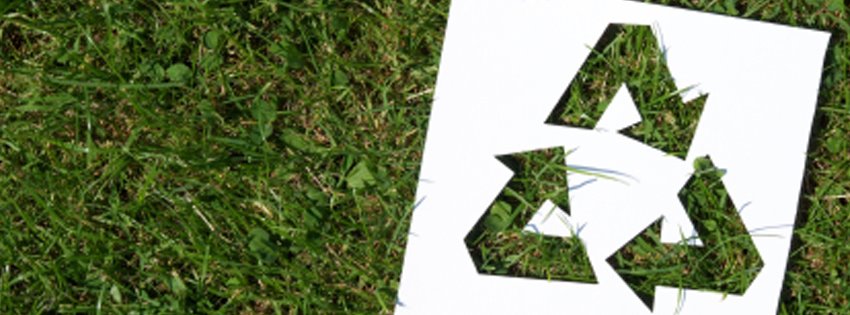
One of the most misinterpreted rulings by the Supreme Court of the US (SCOTUS) is the 2001, Solid Waste Agency of Northern Cook County (SWANCC). The pedestrian result is that isolated wetlands are non-jurisdictional with regards to the Clean Water Act. This is a gross misstatement, and the US Army Corps of Engineers and the US EPA have done very little to clarify what the ruling actually said. Furthermore, the proposed definition of Waters of the US (WOTUS) currently awaiting final release has also grossly underestimated the extent of the CWA reach.
The 2019 WOTUS rule relies on two crucial SCOTUS cases. The first one is the SWANCC decision in which the Court made two essential points.
- The SWANCC waters were not wetlands. They were small ponds that were created as a result of sand and gravel mining. The wet areas lacked one or more of the USACOE’s three criteria to define a wetland. Mostly, wetland vegetation was missing.
- The SCOTUS only ruled that the migratory bird rule was not sufficient to establish federal jurisdiction over the SWANNC ponds. The SCOTUS never ruled if the SWANCC ponds were or were not WOTUS for any other reason. They also admonished the USACOE for what amounted to dereliction of duty in not bringing any other jurisdictional evidence forward.
The second critical SCOTUS case is the 2006 Rapanos and Carabel indecision. This case was vacated due to a split 4-1-4 ruling and remanded to the lower Courts who maintained the wetlands in question were jurisdictional. The USACOE prepared a guidance document based upon the sole Kennedy opinion that required that WOTUS must have a significant nexus to a downstream navigable waterway. Four Justices confirmed that the wetlands in question were jurisdictional, and four others did not feel the government had established sufficient cause to prove jurisdiction. Justice Scalia had written about needing a physical connection to navigable waterways to establish jurisdiction, but his opinion did not represent the majority of the Court.
The CWA was passed in 1972 to restore the physical, chemical, and biological integrity of WOTUS. The original extent of WOTUS was not limited to only navigable waters. In 1977, the definition of WOTUS under the CWA was clarified to include wetlands an isolated waters. The extent of this jurisdiction was confirmed in 1985 in the SCOTUS Riverside Bayview Homes case that confirmed adjacent wetlands are jurisdictional. No limits on what was not jurisdictional were discussed by the Court.
It was Congress’ original intent to clean up and restore America’s waterways by the passage of the CWA. Congress did not delineate jurisdictional and non-jurisdictional waters in the Act. They intended to make all waters in the US cleaner. One way to do this was to establish a permit program administered by the USACOE. Recognizing that the CWA gave the USACOE the authority to regulate all waterways, the USACOE established a Nationwide Permit program. This permit program included discharge of fill into headwater wetlands and waters under Nationwide 26. The idea was that the USACOE regulated these very small waters, but did not want to impose Individual permit conditions on them. The first version of the Nationwide 26 allowed for 10 acres of fill in headwater areas. This was reduced to 1 acre, and then eventually the Nationwide 26 was not renewed.
The point of the Nationwide 26 is that these wetlands and waterways were regulated by the USACOE from the start. As some sort of relief, the USACOE issued the Nationwide 26 to ease the regulatory burden imposed by the CWA. However, at no time was intended to imply that these wetlands and waters were not subject to regulation.
The limits of Congress to impose limits on what can and cannot be done to waters and wetlands is based upon the impacts to commerce. This has been confirmed in every SCOTUS case and has also included aggregate impacts to wetlands and waters. One individual wetland loss may not have a visible impact to commerce, but multiple impacts to similarly situated waters or wetlands have been upheld by SCOTUS as having an aggregate commerce connection. This further underscores Congress’s original intent to regulate all wetlands and waters.
It is impossible to cleave a commerce connection from any waterbody. Water is the most important natural resource we have. It costs money to gather, clean, and distribute water. Clean, usable water is necessary for all life needs and extends to numerous commercial enterprises.
Currently, the USACOE and EPA are reviewing the public comments associated with the new 2019 Waters of the US definition. What makes a water jurisdictional under this new rule is its direct physical connection to a navigable water. This is a highly politically motivated rule and will remove many of the protections on wetlands and waterways that have been in force for over 40 years.
In the majority of SCOTUS rulings, there has been a call to Congress to clarify what it had intended to regulate under the CWA. The original authors of the CWA were fairly clear on their intent, and when recently questioned, they confirmed it was to regulate all waters. Is this still the intent of Congress?
Write your representatives and let them know what you think and ask them for a direct answer to this question. If the people of this country no longer support the original intent of the CWA, then Congress should be informed. If we do support the notion that clean water is essential no matter the location, then Congress needs to know. We should not be relying on unelected government officials to dictate what will be protected and not. In 1972, we passed the CWA to make this very clear. Perhaps we need to remind the government that they are answerable to the people, not the other way around.

